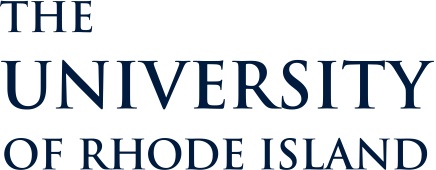Newswise — Recent efforts to improve hurricane tracking and intensity predictions have focused on the effect the ocean has on the movement of hurricanes. University of Rhode Island oceanographers have demonstrated how the roughness of the ocean surface affects the speed and intensity of these powerful storms.
"Hurricanes are very complex weather systems that are affected by any number of parameters in the atmosphere, the ocean, and on land," said URI Oceanography Professor Isaac Ginis. "The more parameters we can incorporate into the computer models, the more accurate the prediction system is."
Ginis and URI colleagues Il Ju Moon and Tetsu Hara have just received a three-year $412,000 grant from the National Science Foundation to incorporate into current computer models the impact of surface waves on the interaction between the ocean and the atmosphere, and, consequently, how this interaction affects hurricane intensity, track, wind waves, and ocean prediction.
The grant will allow the researchers to incorporate the breaking wave effect into their Coupled Wind-Wave model. They anticipate that this effect will allow the model to more accurately estimate the amount of drag exerted on the storm. After testing, the new model will be incorporated into the current hurricane prediction model developed by the University of Rhode Island and the Geophysical Fluid Dynamics Laboratory at Princeton University presently being used by the National Hurricane Service.
